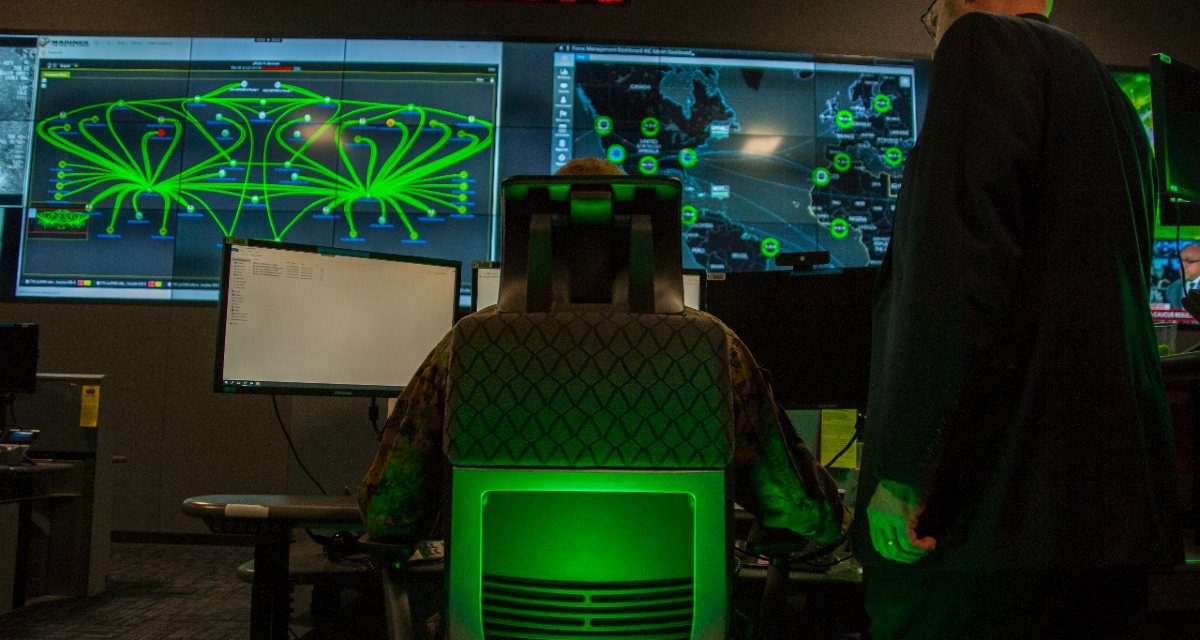Introduction
When artificial intelligence was at its initial stage of development, the focus was on increasing the processing as well as computational power of different machines. In the late 20th century, different types of applications of artificial intelligence surfaced and this created a buzz in the industrial sector. The progress of artificial intelligence continued unabated in the first decade of the 21st century. It was during this time that different types of AI machine learning courses were prioritized as artificial intelligence became the centre of attraction in the industrial arena. The application of artificial intelligence started to become extremely important for different types of sectors.
Needless to mention, various sectors found a new lease of life after employing artificial intelligence in business and industrial processes. In this article, we examine whether artificial intelligence can promise a green and sustainable future by virtue of its application in different sectors in general and the energy sector in particular.
The role of AI in solving the energy puzzle
Artificial intelligence has become a treasure that holds the potential to solve different challenges and unlock solutions to various questions. Does artificial intelligence have the potential to solve the energy crisis that we are currently engulfed in?
There is no doubt in the fact that artificial intelligence has enabled various sectors to decrease their energy footprint and move towards more sustainable goals. With the help of artificial intelligence, we are able to reduce our losses at the production stage, the transmission stage as well as the consumption stage.
- Artificial intelligence allows us to keep a track of the various spikes in energy consumption and monitor power consumption across different channels.
- Artificial intelligence allows us to keep track of both domestic as well as industrial consumption of energy. By keeping a track of energy consumption, we are able to optimize the production as well as consumption of energy in a multifaceted way.
- With the help of artificial intelligence, it also becomes possible to explore alternative sources of energy so that we can slowly move away from the conventional methods of energy production.
Prospects of green AI
When we refer to green artificial intelligence, we are pointing out to the prospects of artificial intelligence in increasing the computational power of different processes while simultaneously reducing their energy consumption. At a larger level, green artificial intelligence also talks about the optimization of different energy processes and projects. With the help of green artificial intelligence, we are able to set up a roadmap for achieving the sustainable development goals that are related to the decrease in energy consumption.
For instance, the amount of energy that is consumed by virtual machines that mine bitcoins is equivalent to domestic consumption of an entire locality in an urban area. If we are able to optimize the process of bitcoin mining by increasing the processing power of machines, we would have automatically cut down the energy footprint of this process. This is only possible with the help of advanced machine learning algorithms as well as advanced algorithms that can be deployed to achieve the objective.
Environmental impact and assessment
With the help of artificial intelligence, it is possible to do a preliminary assessment of the environmental impact of different industrial projects. It is not a hidden fact that industrial effluents and waste have deteriorated the environmental conditions in surrounding areas.
If this was not enough, the greenhouse gas emissions from the largest industrial areas have caused irreversible damage to the atmosphere as well as the environment. Various types of droughts and forest fires can no longer be termed as natural disasters because they are man made and a consequence of the environmental damage that we have inflicted in the long run.
It is only with the help of artificial intelligence that we can keep track of greenhouse gas emissions and develop tools, methodologies and dashboards to monitor the same. Different data centres around the world can help in reducing the overall energy footprint by providing an upper limit to the industrial emissions worldwide.
Concluding remarks and the way ahead
We stand at a point in history where it is extremely important to keep a check on our progress and ensure sustainable growth and development while moving forward. This is only possible if our development takes environmental impact into consideration.
Artificial intelligence can prove to be one of the best accounting tools to report emissions across the globe and keep them under check. In addition to this, artificial intelligence can also help in developing a green policy framework which can be adopted by countries for a sustainable future.

